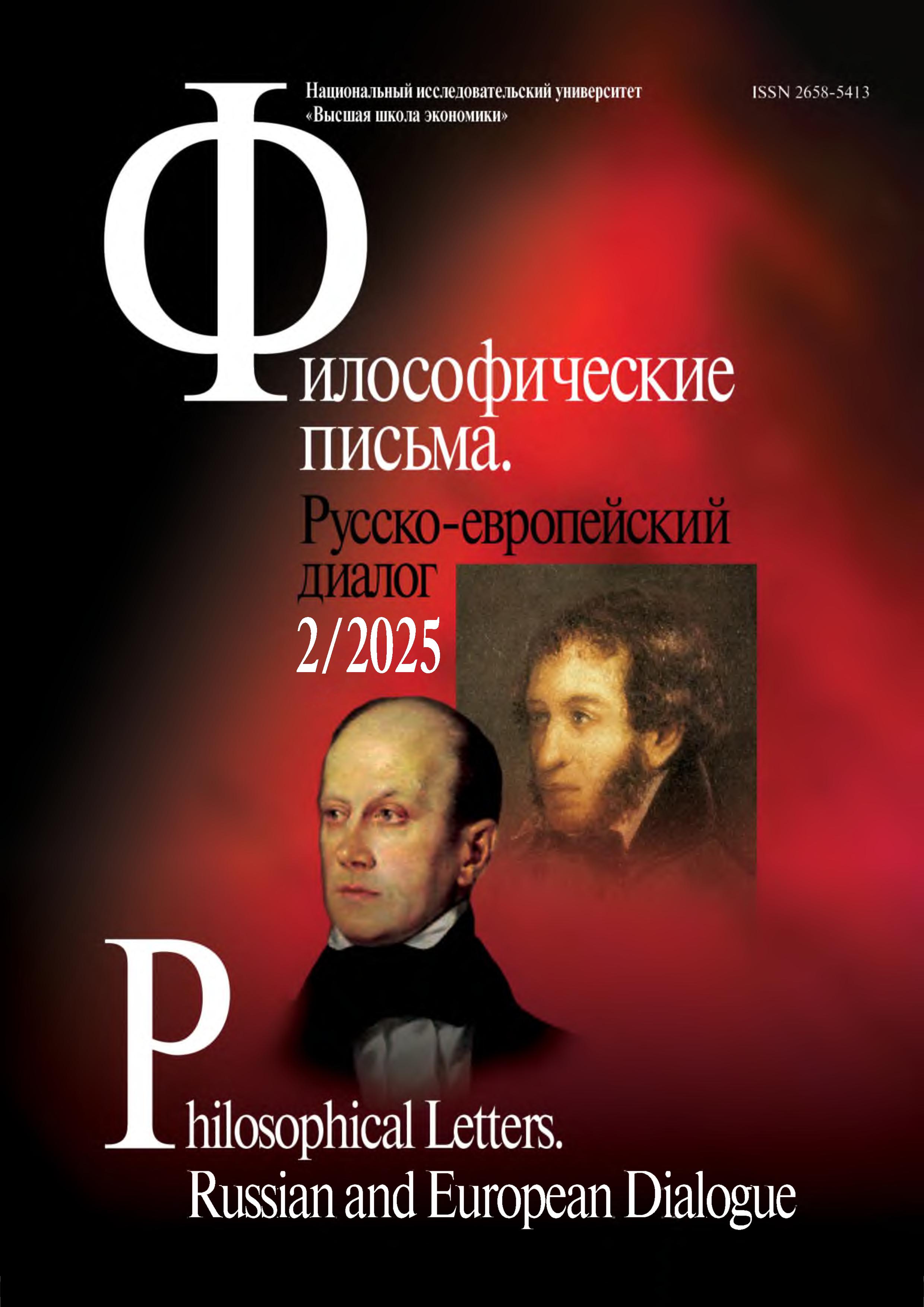Cognition as an Activity of a Universal Person: Cultural and Historical Context (On the 150th anniversary of Albert Schweitzer)
Abstract
The article problematizes the phenomenon of human universality, capable of synthesizing cognitive functions, imagination and emotional sphere in the cognitive activity of various fi elds of knowledge, as well as their embodiment in signsymbolic forms and in practical activity. The subject of the case-study was the creative and practical activity of the “universal man” — this is how Albert Schweitzer (1875–1965) defi ned himself — a philosopher, theologian, preacher, musician-organist, music historian, expert in organ architecture, medical missionary, creator and even builder of a hospital, and later also a leper clinic in Gabon (Equatorial Africa). The central issue in the article is the possibility of “translating universality” in connection with Schweitzer’s famous book “Johann Sebastian Bach,” which gives a professional analysis of the synthetic language of Bach’s work based on the study of different forms and types of Bach’s musical art. Schweitzer paid special attention to the synthesis of the arts of the Baroque era, thanks to which he showed the connection of verbal texts rooted in the medieval tradition with the new musical form of Bach’s chorales. This synthesis in the composer’s work gave Schweitzer grounds to defi ne Bach as a “universal personality,” who combined in his work not only the results of the activities of several generations of his musical family, but also to reveal in it the internal unity of poetry-painting-music as a language that corresponds to the universality of the Baroque era itself. The conclusion that completes the article shows the functionality of the concept of “projectivity in itself” for studying the synthesis of cognitive functions and identifying their pragmatics in the discursive representation of the phenomenon of human universality in the social environment and in the awareness of the motives of action (according to M. Weber), when the opportunity for its implementation is open not only in synchronous, but also in diachronic time of culture.

